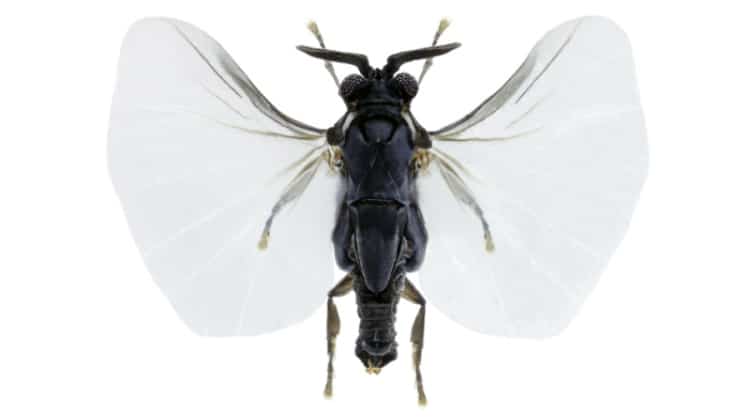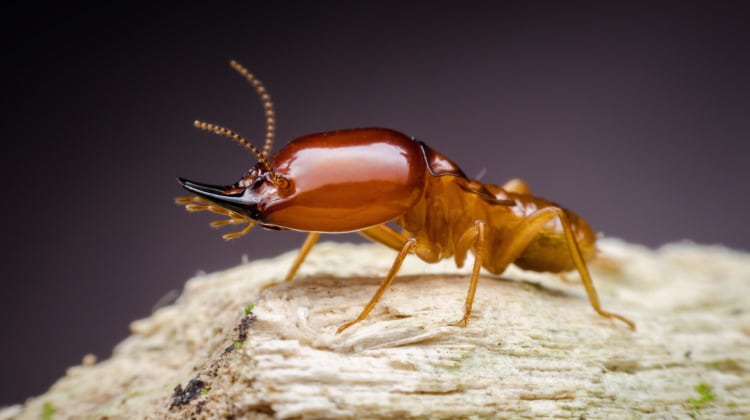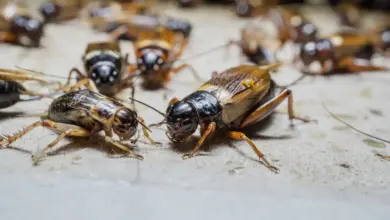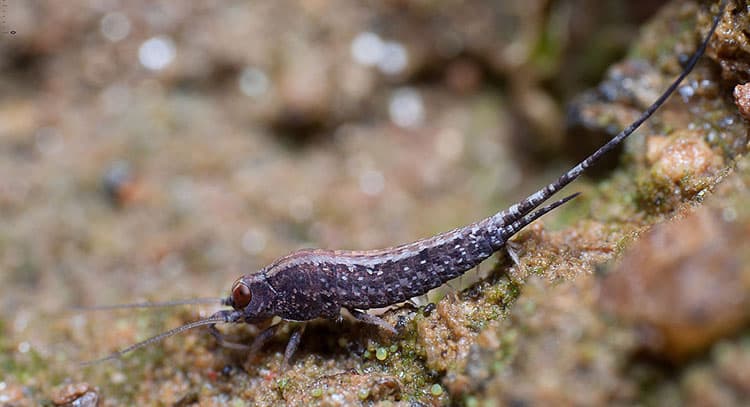Culturing Springtails 101: How To Care For And Raise Pet Collembola
Culturing Springtails 101: How To Care For And Raise Pet Collembola
Collembola (Springtails) can make excellent pets at school and at home. They are easy to keep and fun to watch and learn with.
There are many simple experiments which can be carried out on them, which show up basic biological ideas such as population cycles of growth, decline and competition. As well as simpler experiments involving colour forms and the effects of food and temperature – or any other variable you can think off.
It is important to remember that any experiment can be fun – and that any result is a success. In schools, successive years’ data can be compared after a few years to improve the interest.
Collembola are wonderful and beautiful animals, that are far less appreciated than they should be. Many species are easy to raise in captivity and some of the larger forms are over half a centimetre long.
Some good species to start with are Folsomia candida and Folsomia fimetaria. Both these species are white and commonly found in composts. I have also found species of Hypogastura (pink to purple with short legs) to be relatively easy. There are more colourful species such as Pogonognathellus plumbeus and Pogonognathellus longicornis, Orchesella cincta and Orchesella villosa.
Pogonognathellus plumbeus is 4-5mm long and a lovely deep purple colour (the colour is caused by scales which can fall off, causing it to look yellowish); and can require more effort and experimentation to rear successfully.
Pogonognathellus longicornis is also a greyish purple, can be over 5mm long and is easily recognised because it has the lovely habit of curling up and uncurling its antennae. Orchesella cincta is 3 to 4 mm long when full grown and very variable in colour, from light straw/yellow to very dark – but it nearly always has a dark saddle over the middle of its abdomen (3rd and sometimes 4th abdominal segments). It is really very pretty!
Orchesella villosa looks like a small lion from a distance, but is more patterned close up; it is 4 to 6 mm long when full grown.
Collembola, particularly the larger surface dwelling forms, have a ‘furcula‘ (a springing or jumping organ) that allows them to jump relatively large distances. This combined with their small size, and a coating of hydrofugic (water repellent) hairs, means the only way to pick them up and move them around when they are alive is with a pooter.
Collembola reach sexual maturity after their 4th or 5th moult. But unlike most insects, even though they are now adults, they do not stop moulting; they may have as many as 15 to 20 moults before the end of their life (though they do not get any bigger).
Growth rate is mainly related to temperature and food. If there is plenty of food, then temperature is the controlling factor. Though it varies from species to species, the higher the temperature the faster the growth rate – with moulting occurring every 4 or 5 days at 15 degrees C, but only every 20 to 30 days at 3 degrees C.
Housing And Culturing Springtails
Collembola are easy to rear in something like an old margarine container, with 5 mm of plaster-of- Paris in the bottom. If you want to see inside, cut the centre out of the lid and use the remaining edges to clip down a sheet of cling-film or similar plastic.
It is a good idea to add a small amount of ground charcoal to the plaster, as you mix it up, to help keep the air clean.
You should also make several extra containers so that you have some to tip the Collembola into when you want to clean the ones they have been living in.
Leave the plaster for a few days before putting any Collembola in – and then let it soak up as much water as it can before you but the Collembola in. Keep the lid on tight when you are not watching them and add a couple of drops of water after having the lid off for a few minutes. This is because most Collembola die from drying out very quickly, but be warned they will also die from too much water (so keep the plaster-of-Paris damp but not swimming).
Feeding
In the wild, Collembola, like the larger surface living ones mentioned above, will feed mainly on fungal mycelium (that is the part of the fungus you do not normally see; what you call a mushroom or toadstool is actually the fungi’s fruit) and algae.
In captivity they will eat just about anything, but will thrive on dried whole/live yeast. Just sprinkle in a little at a time, and a bit of algae now and then.
If you have more facilities, you can grow various fungi on agar plates and then let the Collembola feed on this. They will also eat their own faeces quite naturally, so don’t worry. If this happens, they are actually digesting the micro-organisms that live on the half digested food in the faeces. Some species will eat their own exuviae (shed skins); but if they do not, you will have to remove them (and any dead bodies) from the container with a fine paint brush.
Mating
Collembola do not actually go in for conventional mating, instead the males leave a spermatophore (a bag of sperm) where the females might find it; sometimes this is off the ground on a short stalk.
This habit is feasible because many species tend to collect in groups, like small herds of miniature cattle. Thus the females are quite likely to find the spermatophores. A female will lay about 90 to 150 eggs during her life, though this also varies with species.
The eggs take about a month to hatch at 8 degrees C, but are quicker at warmer temperatures. Pogonognathellus plumbeus eggs hatch in 3-4 day at about 20 degrees C; most will live for about a year. Some will live for a long time without food, the longest I know of being 18 months for a single specimen on its own. Though if the food runs out, you will get cannibalism – particularly of eggs in some cultures and with some species.
Finale
When culturing springtails, you need to be aware that some species do not get on with each other all that well in captivity; though you will have to experiment to find out which species do and which do not.
It is a good policy therefore to keep some monocultures (containers with only one species in them) and carry out your mixing experiments in spare containers. There is an awful lot not known about Collembola, so if you discover anything interesting do let me know!
Feature image license: Creative Commons





